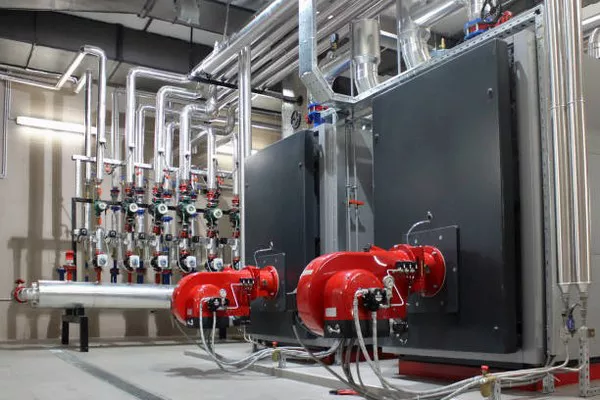Air compressors are vital tools in various industries, providing the necessary power for numerous applications. Among the different types of air compressors, single stage air compressors are commonly used due to their simplicity and efficiency. This article delves into the mechanics of single stage air compressors, their applications, advantages, and maintenance tips, offering a thorough understanding of this essential equipment.
What is a Single Stage Air Compressor?
Definition and Mechanism
A single stage air compressor compresses air in a single stroke or cycle. This means that the air is drawn into the compressor and compressed to the desired pressure level in one go. The design typically includes a piston, cylinder, and a crankshaft, which work together to perform the compression process.
How It Works
Intake Phase: The compressor draws ambient air into the cylinder through an intake valve.
Compression Phase: The piston moves downward, compressing the air within the cylinder.
Discharge Phase: As the piston reaches the bottom of its stroke, the compressed air is expelled through a discharge valve into a storage tank or system.
Components of a Single Stage Air Compressor
Piston: The primary component that compresses air.
Cylinder: Houses the piston and contains the air during compression.
Crankshaft: Converts rotary motion into linear motion to drive the piston.
Valves: Control the intake and discharge of air.
Flywheel: Helps maintain consistent speed and reduce vibrations.
Types of Single Stage Air Compressors
Reciprocating Air Compressors
Reciprocating compressors use pistons to compress air. They are widely used for various applications, from powering pneumatic tools to inflating tires.
Rotary Screw Compressors
These compressors use two interlocking screws to compress air. While typically classified as two-stage compressors, some designs can operate as single-stage units, especially in smaller applications.
Applications of Single Stage Air Compressors
Industrial Uses
Pneumatic Tools: Used extensively in workshops and manufacturing for tools like nail guns and spray guns.
Automotive Services: Ideal for tire inflation and powering air wrenches.
Commercial Uses
HVAC Systems: Assist in operating heating, ventilation, and air conditioning systems.
Food and Beverage Industry: Used in packaging processes and operating machinery.
Household Uses
DIY Projects: Handy for home repairs, painting, and other small tasks.
Inflation: Perfect for inflating sports equipment and pool toys.
Advantages of Single Stage Air Compressors
Simplicity and Cost-Effectiveness
Single stage air compressors are generally simpler in design, making them easier to operate and maintain. This simplicity translates to lower initial costs compared to more complex systems.
Portability
Many single stage air compressors are lightweight and compact, allowing for easy transport and storage. This feature is particularly beneficial for contractors and DIY enthusiasts who require mobility.
Energy Efficiency
While single stage compressors may not be as energy-efficient as their multi-stage counterparts at higher pressures, they provide adequate performance for lower pressure applications without excessive energy consumption.
Limitations of Single Stage Air Compressors
Pressure Limitations
Single stage air compressors are typically limited to producing pressures of around 125 to 150 psi. For applications requiring higher pressures, a multi-stage compressor may be necessary.
Heat Generation
During operation, these compressors can generate significant heat, which may lead to reduced efficiency and increased wear on components over time.
Maintenance of Single Stage Air Compressors
Regular Inspections
Routine checks of oil levels, filters, and belts are essential to ensure optimal performance. Keeping an eye on these components can prevent costly breakdowns.
Oil Changes
For oil-lubricated compressors, regular oil changes are crucial. Follow the manufacturer’s recommendations for frequency and type of oil to use.
Cleaning Filters
Air filters should be cleaned or replaced regularly to maintain airflow and efficiency. Clogged filters can reduce performance and increase wear on the compressor.
Checking for Leaks
Inspecting for air leaks in hoses and fittings can improve efficiency. Even small leaks can lead to significant energy loss over time.
Conclusion
Single stage air compressors play a critical role in various industries and applications. Their simplicity, cost-effectiveness, and portability make them a popular choice for both professional and personal use. By understanding their mechanics, applications, and maintenance requirements, users can maximize the benefits of these essential tools. Whether powering pneumatic tools or assisting in HVAC systems, single stage air compressors remain a reliable choice for efficient air compression.
Related topics:

